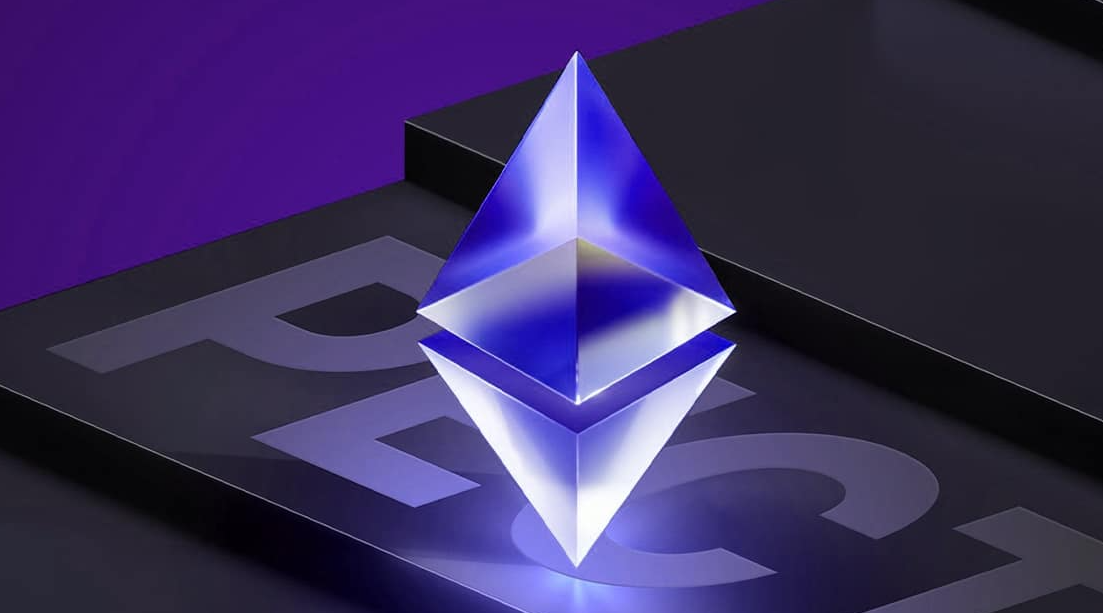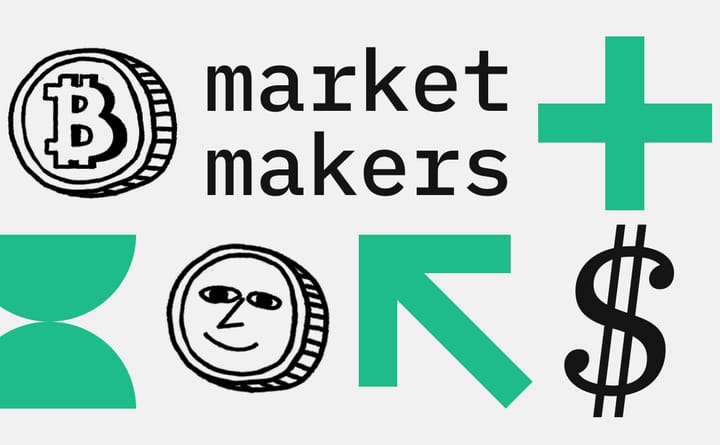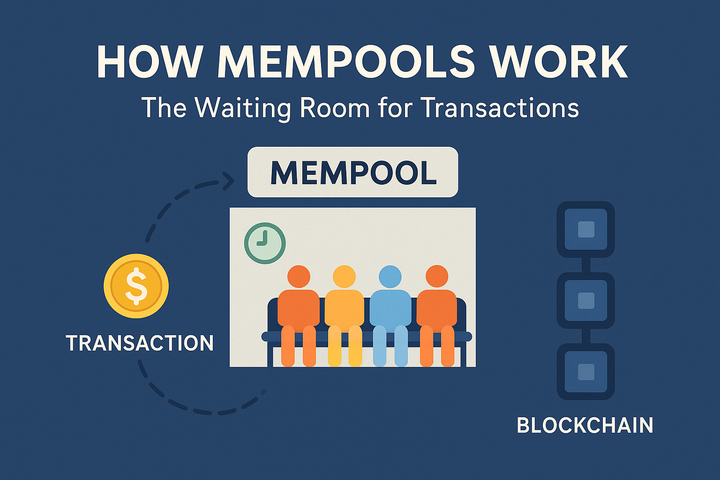Ethereum Pectra Update: Technical Analysis, What It May Bring

Ethereum continues to develop at a rapid pace. The next major update after Dencun will be Pectra, a merger of two proposals: Prague (for the execution layer) and Electra (for the consensus layer). This update promises not only to optimize the network, but also to significantly expand the capabilities for both developers and users. In this article, we will analyze the technical essence of Pectra, the key changes and their likely consequences for the Ethereum ecosystem.

Pectra Update Overview
Pectra combines improvements in both components of Ethereum:
1. Execution Layer (Prague) - is responsible for the execution of smart contracts and transactions.
2. Consensus Layer (Electra) - provides a consensus mechanism based on Proof-of-Stake.
3. Among the most anticipated changes are the introduction of EOF (EVM Object Format), updates in validator management, new cryptographic primitives and UX improvements.
Pectra Technical Features
EVM Object Format (EOF)
EOF is a new smart contract bytecode packaging format. Its goal is to make the EVM more modular, secure, and optimized.
Key Features:
1. Bytecode segmentation into header, code, and data segments.
2. Explicit description of sizes and boundaries, which simplifies analysis.
3. Prevents certain types of attacks (e.g. jumping into the middle of instructions).
4. Improved execution efficiency and future compilation.
Impact: Developers will get a more predictable execution environment, reduced risk of errors, and increased contract security.

EIP-7251: BLS Public Key Aggregation for Validators
This change increases the limit of active staking validators from 32 ETH to 2048 ETH. It is especially important for staking pool operators such as Lido and Rocket Pool.
Benefits:
· Reduce network load by aggregating signatures across fewer validators.
· Simplify management of large staking pools.
· Increase decentralization via hybrid validator architecture.
EIP-3074 (and possibly EIP-4337/Wallet Abstraction)
Pectra may include EIP-3074, which allows regular EOA addresses to act on behalf of others via delegation.
Why is this needed
1. Simplify UX (multisig, transaction bundling, automation).
2. Bridge between traditional wallets and account abstraction.
3. Interim step towards EIP-4337 and full wallet abstraction.
Verkle Tries (possible backport/preparation)
While full Verkle Tries implementation is planned for a later update, Pectra may be laying the groundwork for it.
Verkle Tries will replace Merkle Patricia Tries, dramatically reducing the size of state proofs and increasing scalability.

New cryptographic primitives
As part of the Pectra update, it is possible to introduce new cryptographic algorithms (e.g. for zk applications), such as:
KZG commitments
Improved precompile functions for SNARK/STARK checks
This will improve the efficiency of zk rollups and zero-knowledge protocols, which is especially important for the further scalability of Ethereum.
Potential implications for the ecosystem
✅ For developers
A new standard for writing contracts (EOF).
Increased predictability of execution.
Improved tools for debugging and bytecode analysis.
✅ For validators and stakers
Simplification of large node management.
Less overhead on signature aggregation.
Potentially lower validation fees.
✅ For users
Improved UX through account delegation.
Enhanced wallet security.
The foundation for more secure and flexible dApps.
Ethereum Pectra Update – Technical Overview Table
|
Category |
Feature / EIP |
Description |
Impact |
|
🔧 Execution Layer |
EVM
Object Format (EOF) |
Introduces
modular structure for EVM bytecode, separating code/data sections and
improving static analysis. |
Safer
contracts, better tooling, future-proofing EVM. |
|
🏗 Consensus Layer |
EIP-7251:
Max Effective Balance Increase |
Raises
max validator stake from 32 ETH to 2048 ETH, enabling large staking pools to
simplify operations. |
Reduces
validator count, improves efficiency, may raise centralization concerns. |
|
🔑 Wallet Functionality |
EIP-3074:
Delegated Execution |
Enables
EOAs to delegate execution to contracts via AUTH and AUTHCALL. |
Bridges
current wallets with Account Abstraction, enables batch transactions,
improves UX. |
|
🧠 Future Preparation |
Verkle
Trie groundwork |
Paves
the way for future Verkle Tries replacing Merkle Patricia Trees, drastically
reducing proof sizes. |
Prepares
Ethereum for stateless clients and ultra-light nodes. |
|
🔒 Cryptography |
New
precompiles / KZG / SNARK support |
Adds or
extends cryptographic primitives to accelerate ZK-proofs and L2 performance. |
Essential
for zk-rollups, improves throughput and L2 interactions. |
|
📦 Developer Experience |
EOF
tooling benefits |
Static
code structure allows better error detection, optimized compilers, and
simplified auditing. |
Stronger
developer ergonomics, fewer bugs in smart contracts. |
|
⚙ UX / Account Abstraction |
Step
toward EIP-4337 |
EIP-3074
acts as a transitional mechanism until full Account Abstraction via EIP-4337
becomes standard. |
Progressive
transition to smart contract wallets with flexible control logic. |
|
🕸 Network Efficiency |
Validator
aggregation via BLS |
With
fewer large validators, signature aggregation becomes faster and lighter for
the network. |
Optimized
consensus process, reduces computational load. |
|
⚠ Risks |
Backward
compatibility issues |
EOF and
other changes may break existing tooling or require major migrations for dApp
developers. |
Requires
tooling upgrades, extensive testing, and ecosystem coordination. |
|
🗓 Timeline |
Projected
release: Late 2025 |
Deployment
expected after full stabilization of Dencun; subject to client readiness and
testing milestones. |
Gives
developers time to adapt and test. |
Implementation risks and challenges
EOF is a radical change to the contract structure, which will require the adaptation of all development tools and environments.
Increasing the validator limit may cause centralization risks if additional controls are not put in place.
The complexity of interaction between EIP-3074 and the upcoming EIP-4337 may lead to confusion and fragmentation of the user experience.
When to expect it?
Pectra is expected in late 2025, after Dencun has fully stabilized. However, the timing may be shifted, as is often the case with major updates.
Conclusion
The Pectra update is a step towards the maturity of Ethereum as a universal platform. It introduces critical improvements to the EVM architecture, staking, and user experience. While the technical complexity is high, the long-term benefits to the ecosystem are enormous.
Ethereum is becoming more than just a network for contracts — it is becoming a highly efficient, secure, scalable, and user-friendly infrastructure for the future internet.



Comments ()